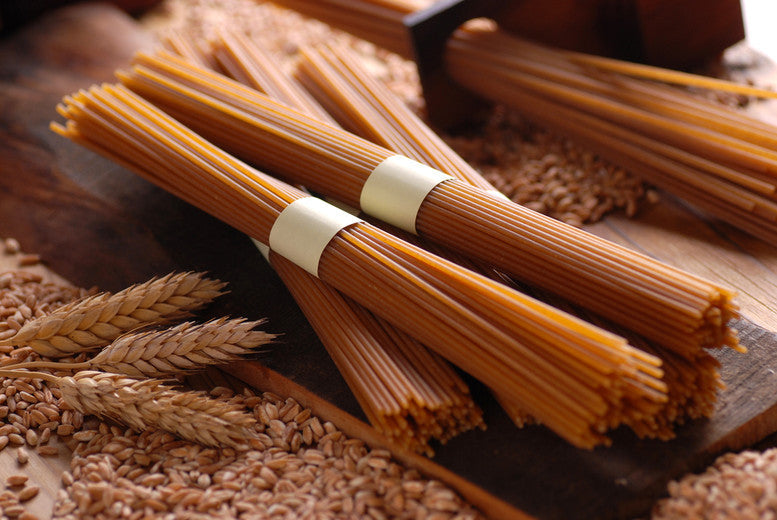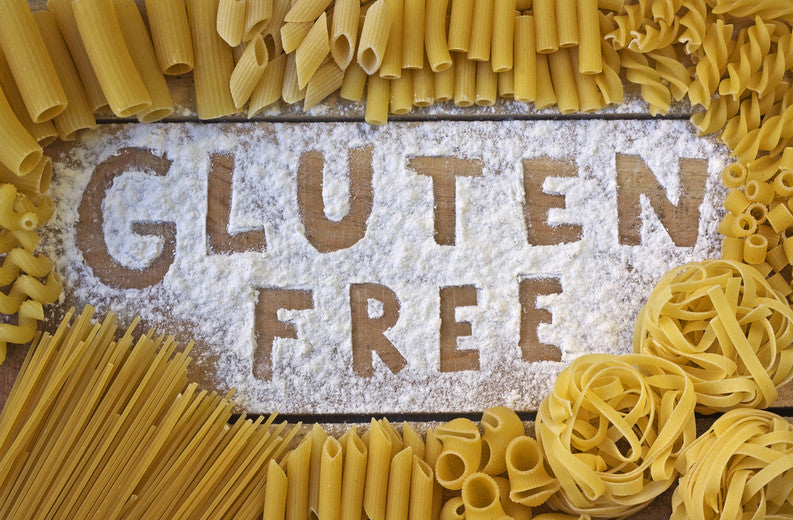Italian Gluten Free Pasta: Everything You Need to Know

When you think about Italian pasta, the first thing that probably comes to mind is a big, steaming bowl of delicious noodles that look and smell delicious. However, those with gluten sensitivities may find it difficult to enjoy their favorite traditional pasta dishes. Everyone deserves to enjoy pasta from time to time, even if they are gluten intolerant.
Luckily, many gluten-free alternatives are available if you find yourself craving Italian. But before you devour that gluten-free spaghetti, we're going to take a closer look and teach you everything you need to know about Italian-style gluten-free pasta. Ready to dig in?
Why Eat Gluten-Free Pasta?
Pasta is a base ingredient in nearly every Italian dish, but people with gluten intolerances, Celiac disease, wheat allergies, and other similar conditions cannot safely consume traditional pasta. Even a taste of gluten can trigger debilitating stomach discomfort.
A gluten-free pasta alternative can serve as a safe and tasty replacement for those who have difficulty or cannot eat gluten. Many are made with low-carb ingredients, which is great news if you're also looking to manage your carbohydrates intake. It's the perfect way to enjoy your favorite Italian dishes without having to worry about throwing off your diet.
What is Gluten-Free Pasta Made Of?
While traditional pasta is mainly made of refined Semolina flour, gluten-free pasta is typically made with a combination of grains such as corn, quinoa, or rice. Common ingredients also include vegetables, beans, and legumes.
Gluten-free pasta often has a similar appearance and texture to traditional pasta such as penne, fusilli, or fettuccine. As you continue experimenting with new pasta dishes, you will find that gluten-free pastas offer rich flavor and great taste similar to a high-quality traditional pasta.
How Should You Prepare Gluten-Free Pasta?
When appropriately prepared, gluten-free pasta can taste remarkably similar to its traditional counterpart. The best way to cook gluten-free pasta is in plenty of boiling water. Use a large saucepan (or stockpot) and plenty of water for light and delicate noodles.
Farabella suggests a 50/50 cooking method. For example, if the package says 6 minutes, boil the water for 3 minutes and then turn off the burner to rest the pasta in the boiling water for the following 3. Gluten-free pasta can become overcooked if boiled for too long without resting.
To prevent softness, make sure the cooking water is at a full boil before adding the pasta, keeping it at a steady boil throughout the cooking time. Use the following steps to ensure you come out with mouthwatering results:
Add Olive Oil
Start by adding a little bit of high-grade Italian olive oil to the pot of boiling water and mix well to incorporate. Doing so will help keep the noodles from sticking together and help create a richer taste.
Stir Frequently
Stirring gluten-free pasta more frequently than traditional pasta will also help keep it from sticking together or becoming mushy. Keep an eye on your pasta, and use your spoon or spatula to stir a few rotations around the pot every 30-45 seconds.
Check for Quality
When cooking with gluten-free pasta, make sure to taste the product before draining it to check for doneness. Not all recommended cook times on packages are accurate.
Take note of the recommended cooking time and once that time has passed, start checking the consistency to see if it meets your texture preferences. If the pasta is not cooked to your desired preferences according to the package, continue checking every 30-60 seconds until you find a suitable texture.
Use Olive Oil or Sauce After Cooking
Don’t put your olive oil away yet. Once the pasta is cooked, drain it in a colander and transfer it into a serving bowl or onto plates. You can keep your pasta slick and flavorful once it's finished cooking by adding more olive oil or an Italian sauce of your choosing.
Use High-Quality Italian Gluten-Free Pasta
Lastly, but most importantly, the quality of the gluten-free pasta you use has the most significant impact on the finished product. Low quality pasta noodles can turn a mouthwatering masterpiece into a major disappointment. The best gluten-free pasta comes from Italy. Italian gluten-free pasta is made with high-quality ingredients that have been specially selected for their superior taste and texture.
Italian gluten-free dishes are making a splash in the gourmet world. If you love pasta dishes but are unable to consume gluten, you can still enjoy your favorite meals. By using high-quality Italian gluten-free pasta to make delicious dishes worthy of a Michelin star, you can indulge any time you wish!
Marcelli Formaggi is the proud retailer of the highest-quality Italian gluten-free pasta perfect for any meal. View our range of gluten-free pasta or contact us online for more information to learn more.




